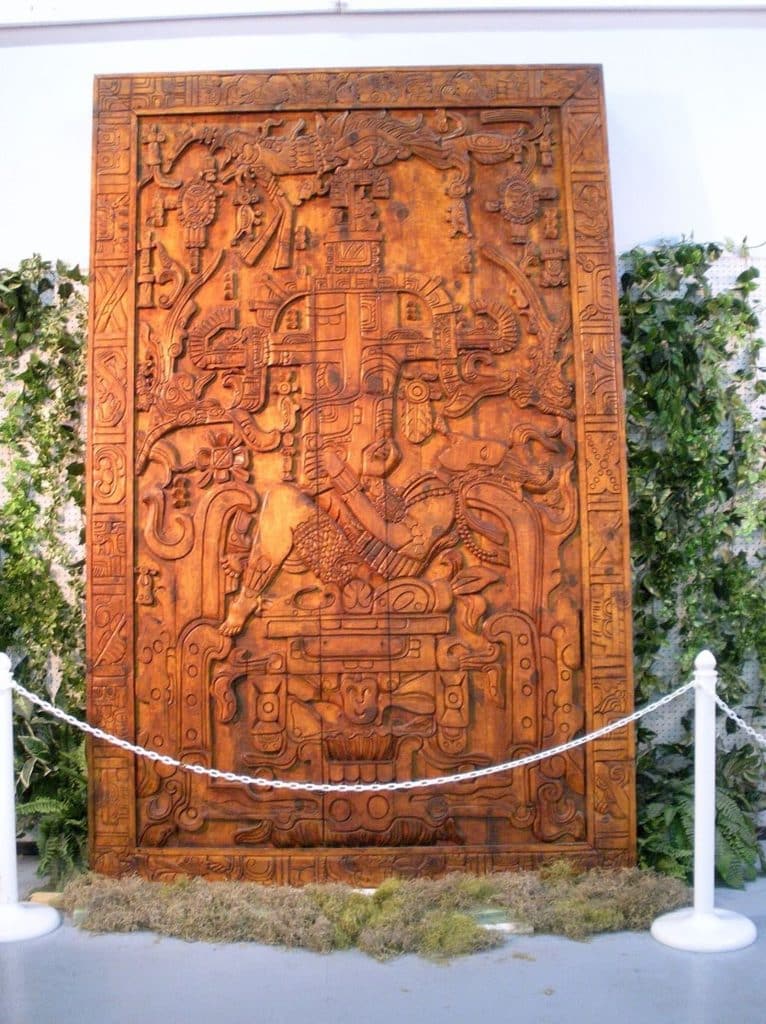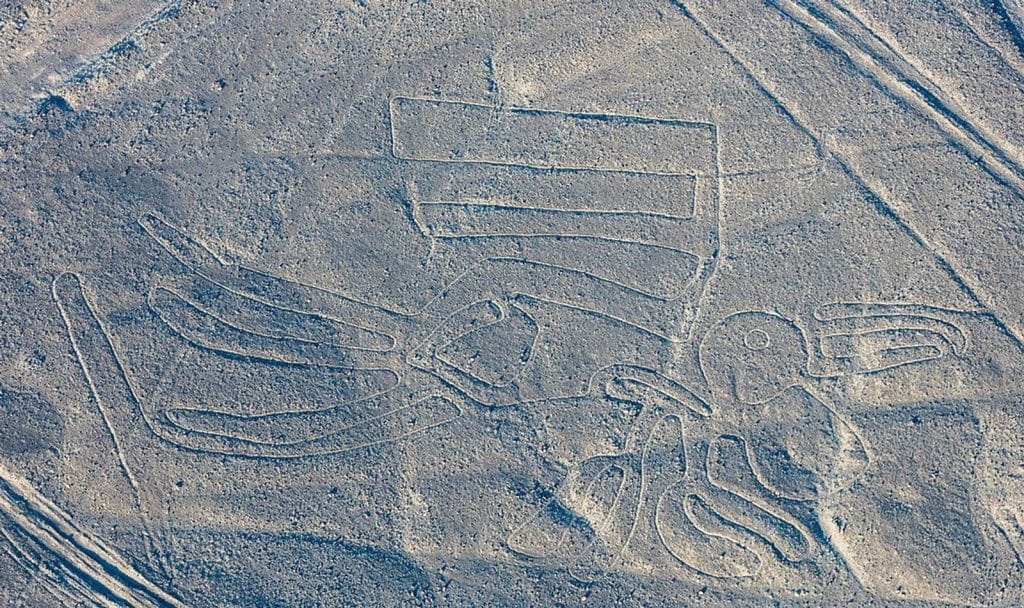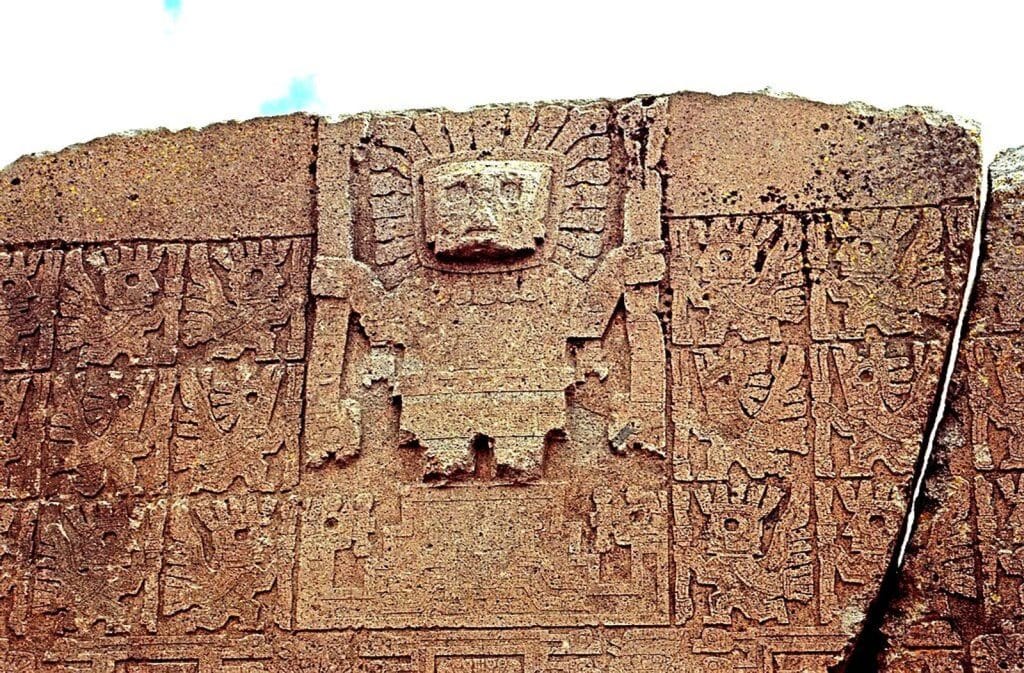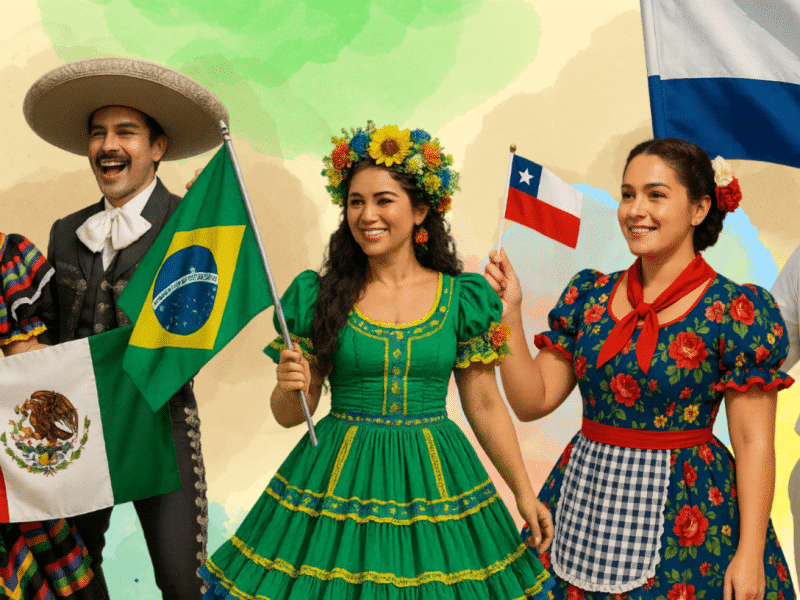Latinos and Extraterrestrial Life: A Cosmic Connection?
Extraterrestrial life? Oh yeah, our ancestors knew about it ages ago.

Ever looked up at the night sky and wondered if we’re alone in the universe? Well, you’re not the only one. This question has been tugging at human curiosity for ages, and it’s a big deal in Latin America, where ancient civilizations were starstruck, and today, people continue to report UFO sightings (or, should we say, UAPs).
From the detailed carvings on the Mayan King Pakal’s sarcophagus, nicknamed “The Palenque Astronaut,” to the mysterious Nazca Lines in Peru, there are a ton of stories and artifacts that some think point to alien encounters.
The Nazca Lines in Peru
While these theories are more guesswork than fact and often stir up controversy, they offer a fascinating look into our desire to connect with the cosmos and the enduring appeal of the unknown.
Ancient Latin American civilizations, like the Mayans, Aztecs, and Incas, had a deep fascination for astronomy. They meticulously studied the stars, planets, and celestial phenomena, enabling them to predict solar and lunar eclipses with remarkable accuracy.
The Mayans, for example, believed in a cosmic ‘otherworld’ full of gods and supernatural beings. They even included the Milky Way in their cosmology, which they pictured as a ‘Great Celestial River.’ Some scholars interpret their mythologies and astronomical wisdom as potential signs of extraterrestrial contact.
The Aztecs and Incas were also big on the cosmos. They believed in celestial gods, had complex calendars based on the stars, and built structures like the Intihuatana stone to predict solstices.
From ancient times to now, there have been many instances that have sparked debates and theories about potential alien connections:
The Palenque Astronaut, Mexico.

The sarcophagus lid of Pakal the Great, found in the Temple of Inscriptions in the ancient city of Palenque, is one of the most iconic and debated artifacts of the Maya civilization. This intricately carved stone lid shows a complex scene that has been interpreted in various ways. At the center is King Pakal himself, surrounded by cosmological symbols and figures from Maya mythology.
Swiss author Erich von Däniken suggested that the depiction of Pakal looked like an astronaut in a spacecraft, manipulating controls, with an oxygen tube in his mouth, and surrounded by what seems to be flames or exhaust at the base. This interpretation has led to the nickname “The Palenque Astronaut” and has been popular in discussions about potential alien contact with ancient civilizations.
Nazca Lines, Peru.

The Nazca Lines are a series of large designs etched into the soil of the Nazca Desert in southern Peru. These designs form various shapes, including animals, plants, and geometric patterns. The majority of these can only be fully seen from the air, leading to theories that they were created for (or by) beings who could fly or even aliens.
Teotihuacan, Mexico.

The ancient city of Teotihuacan, renowned for its vast pyramids, is another site often associated with extraterrestrial theories. The city’s advanced urban planning, architectural sophistication, and the alignment of its main avenue with the Orion constellation have led some to speculate about extraterrestrial influence.
El Enladrillado, Chile.

This is a flat plateau in the Andes Mountains made up of perfectly aligned blocks of stone. Some UFO enthusiasts believe it’s a landing pad for alien spacecraft due to its remote location and the precision with which the stones are laid.
Tiahuanaco, Bolivia

Near the shores of Lake Titicaca, there are ancient geoglyphs that some believe depict an alien being known as the “Astronaut of Tiahuanaco.” The figure appears to be wearing what looks like a spacesuit, leading to speculation about extraterrestrial contact.
Machu Picchu, Peru

The construction of this Incan city, nestled high in the Andes Mountains, is a marvel of architecture and engineering. The precision of the stonework and the city’s alignment with various astronomical events have sparked many theories about extraterrestrial involvement.
The Quimbaya Artifacts, Colombia

These small gold pieces created by the Quimbaya civilization resemble modern aircraft, complete with wings and aerodynamic shapes. While most archaeologists believe they represent birds or insects, some theorists have suggested they could be models of ancient aircraft, possibly inspired by extraterrestrial technology.
Nowadays, the Latino community is still incredibly interested in the possibility of alien life. This interest is reflected in the numerous reports of UFOs across Latin America.
Some Latin American governments are even officially interested in UFOs. For example, the Chilean government has an official body, the Committee for the Study of Anomalous Aerial Phenomena (CEFAA), dedicated to investigating UFO sightings. Similarly, the Peruvian Air Force has an office known as the Office of Anomalous Aerial Phenomena Research (OIFAA) for the same purpose.
The relationship between Latinos and alien life is a complex and fascinating one, rooted in ancient cosmologies and continuing into modern times. While there’s no concrete evidence to suggest that these ancient civilizations had contact with aliens (maybe we’ve always been chingones like that, no alien intervention needed), their advanced astronomical knowledge and intricate cosmologies continue to inspire awe and speculation.
Today, the interest in alien life remains strong within the Latino community, reflected in reported UFO sightings and cultural expressions. As we continue to explore the cosmos, the possibility of discovering life beyond Earth remains an exciting prospect deeply embedded in the Latino cultural imagination.






